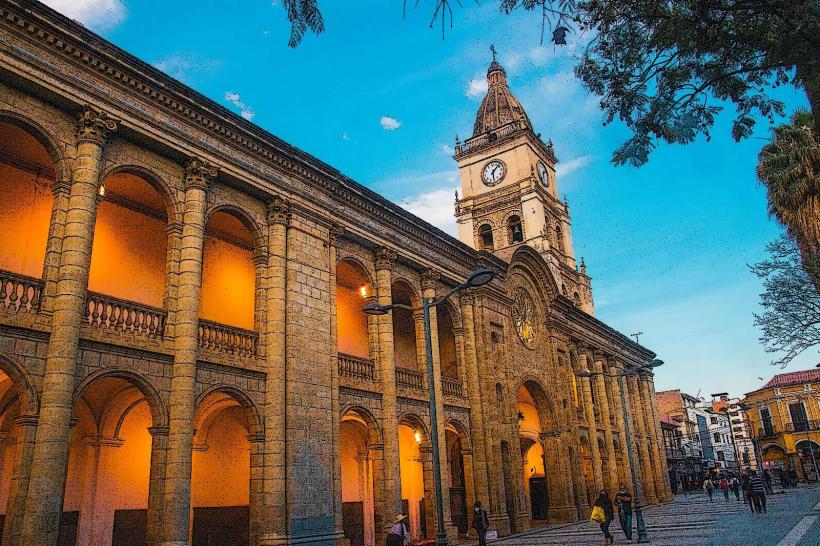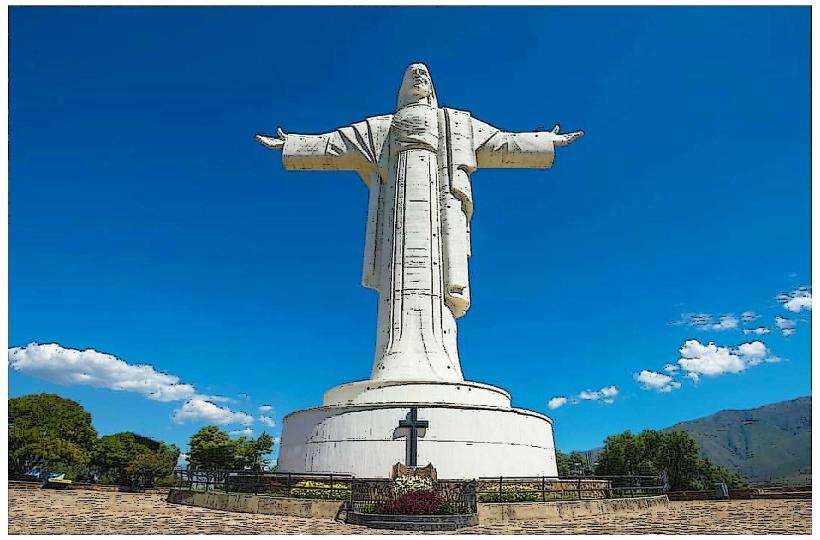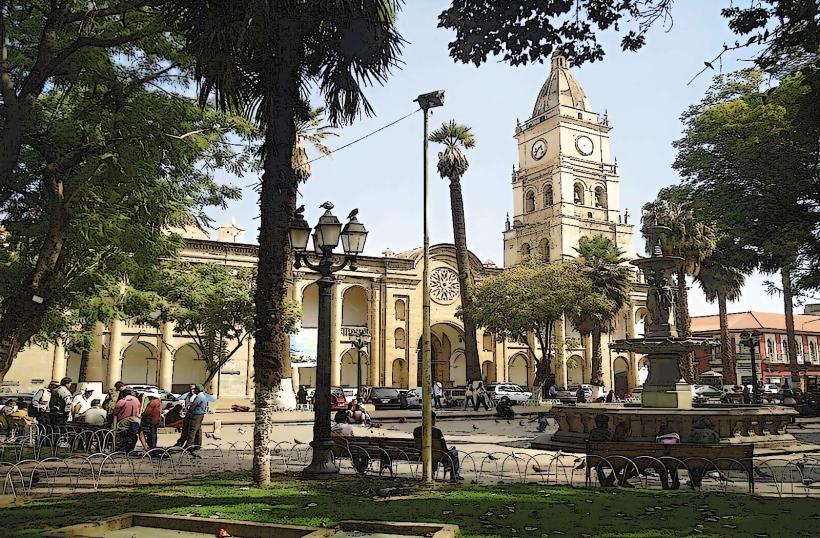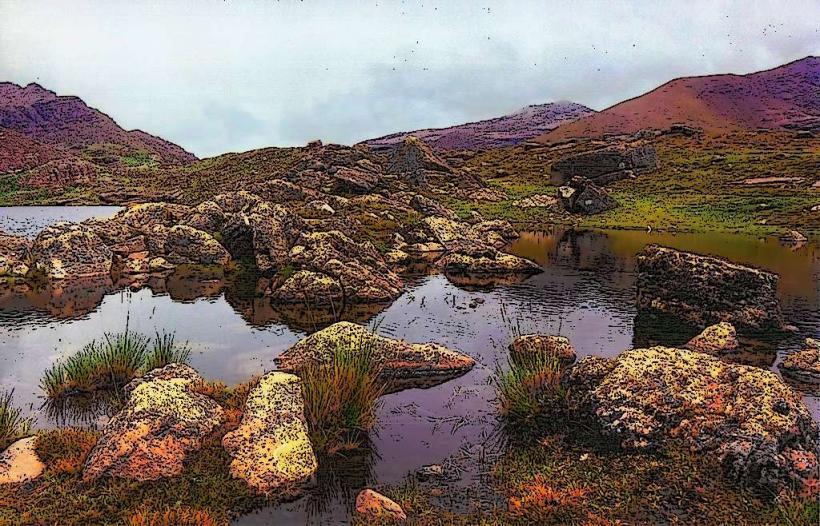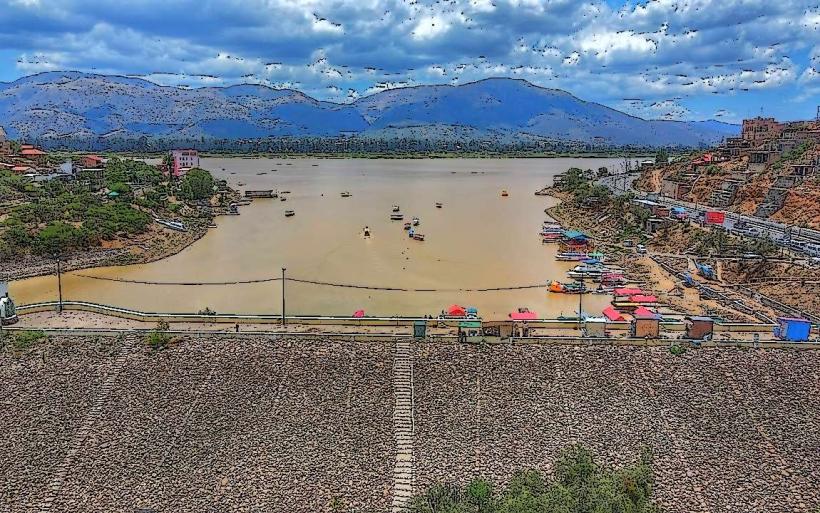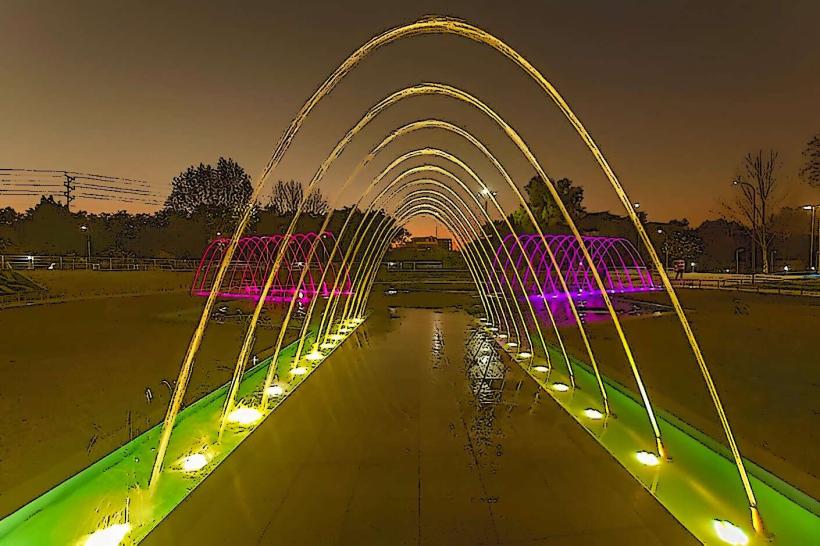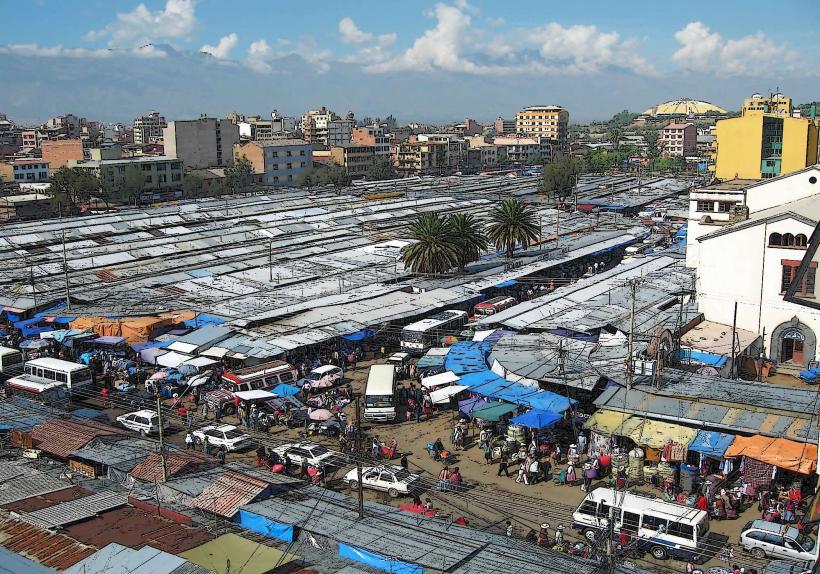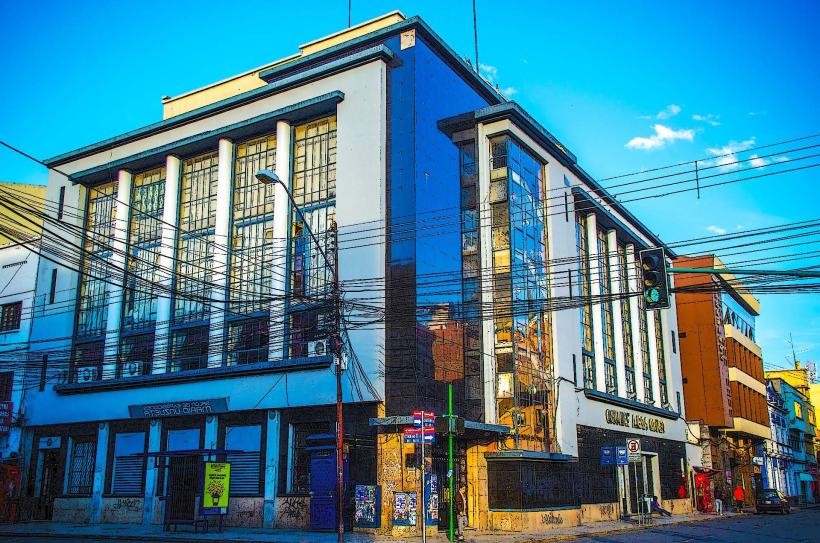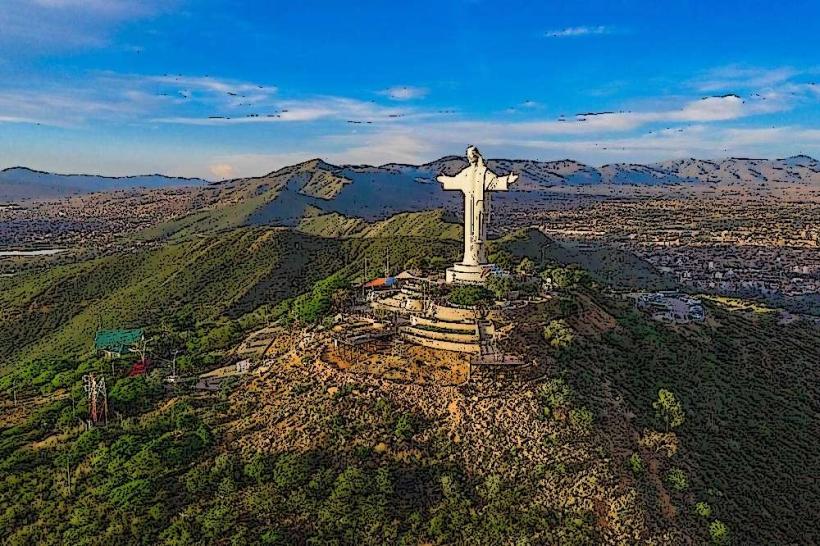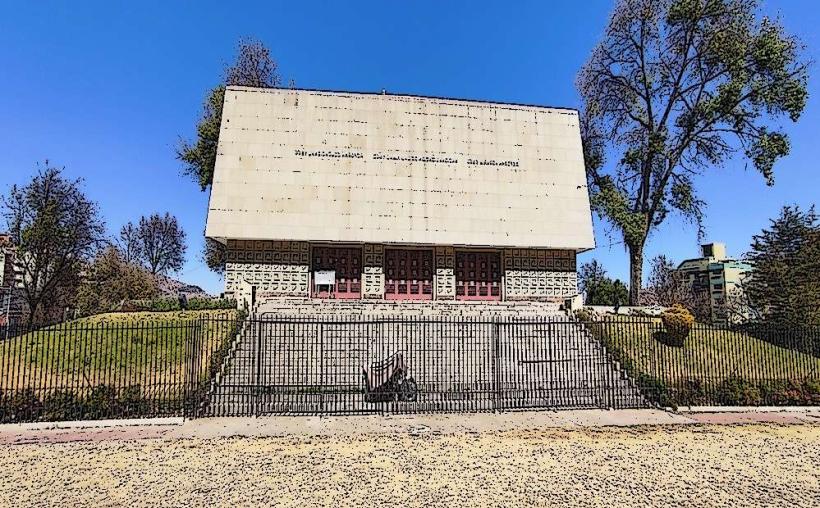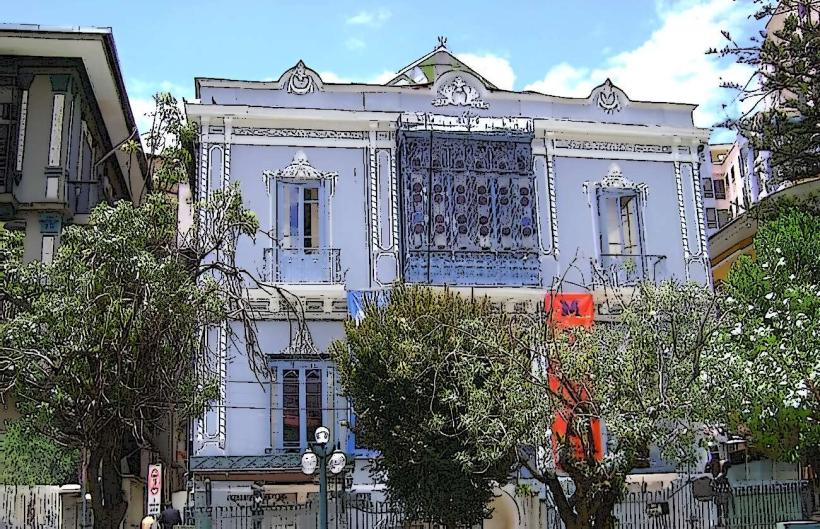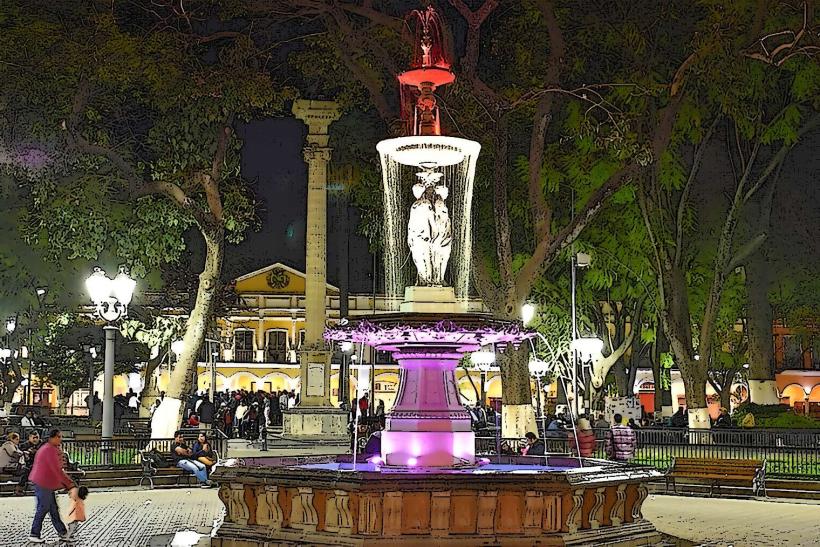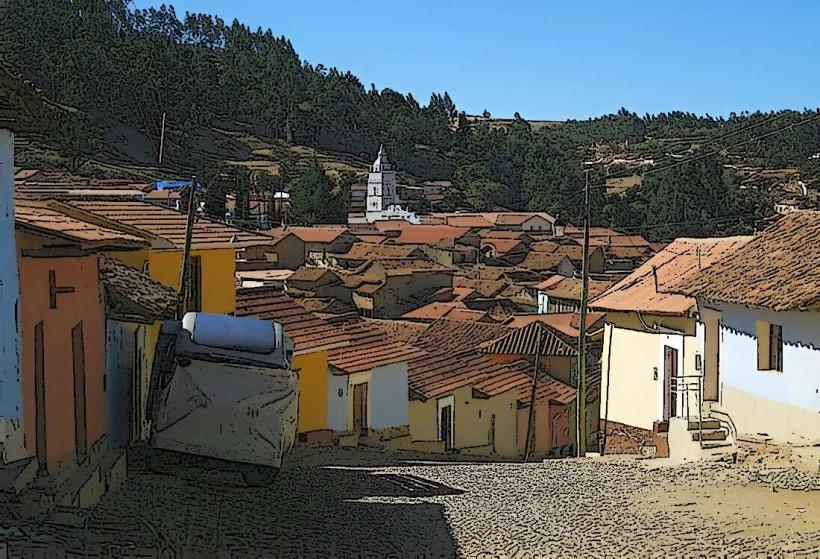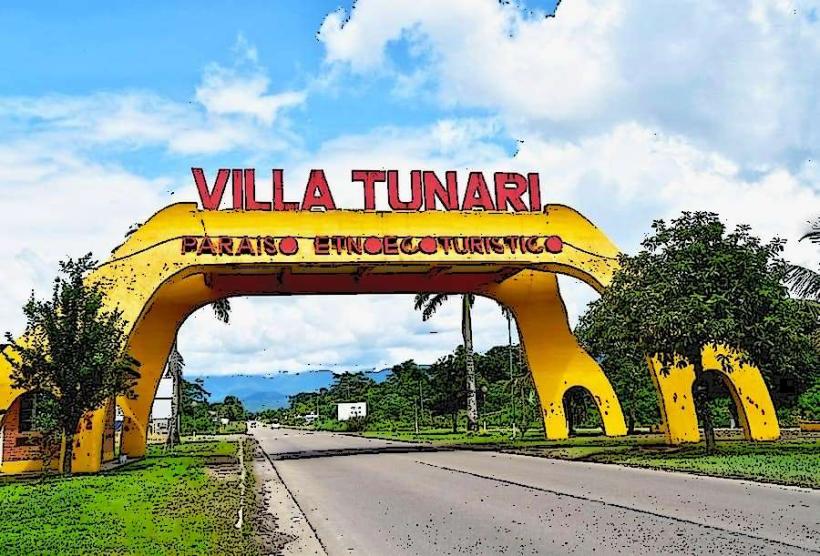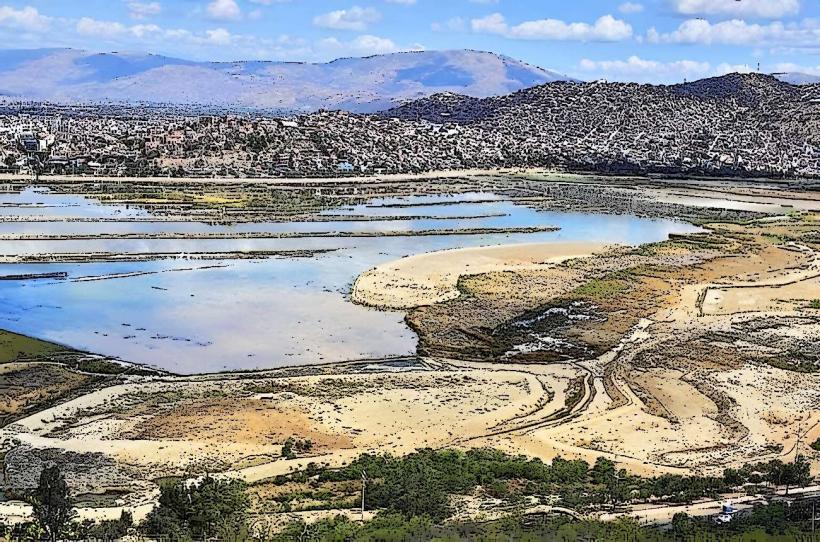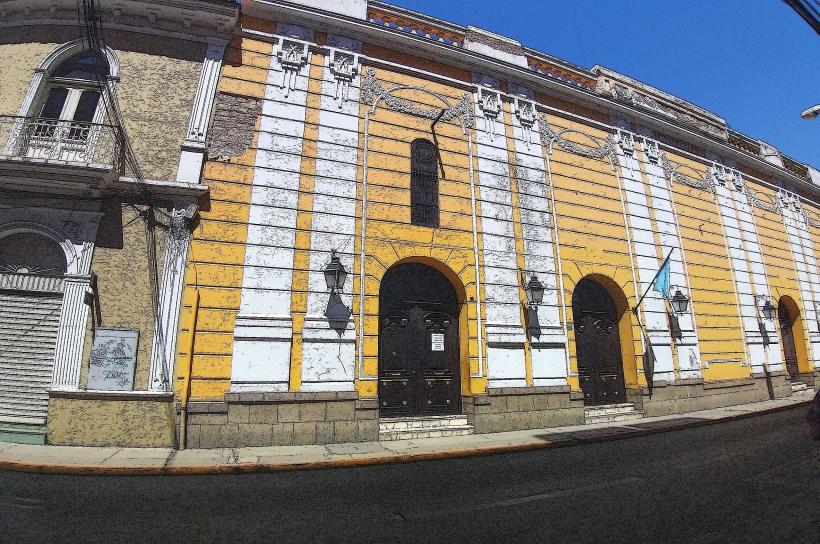Information
Landmark: Museo de la Cultura Tiempos de la ColoniaCity: Cochabamba
Country: Bolivia
Continent: South America
Museo de la Cultura Tiempos de la Colonia, Cochabamba, Bolivia, South America
Overview
In the heart of Cochabamba, Bolivia, the Museo de la Cultura Tiempos de la Colonia showcases and safeguards the region’s colonial history and cultural treasures, from weathered manuscripts to ornate silver chalices.Step inside this museum and you’ll catch a vivid glimpse of Bolivia’s Spanish colonial era, from the 16th to the early 19th century, with displays of worn leather saddles, intricate silverwork, and the daily customs and traditions of the time.The Museo de la Cultura Tiempos de la Colonia was founded to protect and share the vibrant history of the colonial era, from weathered manuscripts to the gleam of hand-forged silver.It’s a place where visitors can explore how Spanish colonization shaped Bolivia’s social, political, and economic life-stories told through worn coins, faded maps, and voices from the past.The museum works to protect the era’s material culture-everything from hand-carved furniture to worn oil paintings-while also offering a glimpse into the daily lives of both the indigenous communities and the Spanish settlers of the colonial period.The museum sits inside a colonial-era building, its whitewashed walls and wooden balconies standing as a striking example of the architecture that flourished under Spanish rule.The building shows classic traits of the era: thick adobe walls that hold the day’s heat, sturdy wooden beams, graceful arched windows, and sunlit courtyards.The building’s history gives the museum’s exhibits a deeper sense of authenticity, letting visitors step into the same creaking rooms where these objects and traditions once lived.The museum’s collections capture everyday life in the colonial era, highlighting where Spanish colonial traditions met the customs of Bolivia’s indigenous peoples-like a woven textile beside a silver chalice.The exhibits open a vivid window into the era’s material culture, with worn wooden stools, delicate artifacts, and ornate religious pieces on display.First.One of the museum’s standout displays is its collection of colonial-era religious art, rich with gilded frames and solemn saints, shaped deeply by the Catholic Church’s influence of the time.The museum showcases colonial-era paintings, sculptures, and altarpieces-many alive with biblical scenes-crafted by local artists who worked under the sway of European styles, their brushstrokes echoing the old masters.The religious art features pieces tied to the Carmelite, Franciscan, and Jesuit orders, whose influence shaped Bolivia’s colonial era-like painted wooden altarpieces glowing in candlelight.Baroque-style altars, heavy with gold leaf and intricate carvings, reveal how deeply faith shaped both Spanish settlers and the indigenous communities.Number two.The museum also highlights how indigenous cultures shaped life in the colonial era, from woven baskets to carved wooden masks.You’ll find ceramics, woven textiles, and worn wooden tools that capture the everyday life of the Aymara and Quechua peoples.These artifacts offer a sharp counterpoint to European influence, revealing how indigenous traditions-like intricate beadwork-survived and adapted under colonial rule.Woven blankets, clay pots, and gleaming silver pieces show how indigenous craftsmanship endured, even under the weight of Spanish rule.The museum shows visitors how colonialism shaped the lives of Indigenous peoples, from the erasure of native languages to the fierce endurance of their traditions.Number three.The museum also showcases colonial-era Bolivian furniture-chairs worn smooth at the arms, sturdy tables, tall cabinets, and carved chests-that offers a glimpse into everyday home life of the time.These pieces reveal the Spanish touch in how everyday objects were shaped and used, while a few still carry traces of indigenous craftsmanship-like the intricate weaving on a simple market basket-woven into colonial life.Many of the furnishings are crafted from warm, polished wood or supple leather, with intricate carvings and colorful painted details that reflect the blend of European precision and indigenous artistry.The museum also showcases kitchenware, ceramics, and handwoven textiles, letting visitors picture the clatter of pots and the fabric’s rough weave as colonial families lived and mingled with their neighbors.Number four.Another highlight of the museum’s collection is its array of colonial-era tools and instruments, from worn wooden mallets to brass compasses that still catch the light.These included farm tools like heavy plows and worn wooden spades, vital for working the soil in new territories, along with the hammers, chisels, and other gear used daily by blacksmiths, carpenters, and fellow tradespeople.These items reveal how colonial settlers earned their living and adjusted to the land around them, from trading goods to storing grain in weathered wooden barrels.You’ll also find displays of period instruments, from carved wooden flutes to ornate guitars, each echoing the mix of European and indigenous traditions that shaped colonial Bolivian life.They played stringed instruments, flutes, and drums-sounds that filled the air at colonial gatherings and celebrations.Number five sat alone, a small mark tucked between the words.The museum also preserves historical documents and handwritten manuscripts from the colonial era, some with ink faded to a soft brown.These include letters, deeds, and official records that reveal how laws were enforced, who owned the land, and how society was organized in the colonial era-sometimes down to a signature fading on yellowed paper.A few of the documents on display show how the colonial administration worked to keep tight control over the local population and direct the use of resources, like tracking every sack of grain.These documents show how the Catholic Church shaped governance and worked closely with the Spanish crown, while also navigating its ties to the indigenous peoples who lived under their rule.The museum hosts a range of educational programs and guided tours, from lively classroom talks to walks past centuries-old artifacts, all designed to bring Bolivia’s colonial history and its significance to life for visitors.The staff often puts together lectures, hands-on workshops, and short-term exhibitions that delve into colonial life, from church bells ringing on Sunday mornings to grand stone buildings and the fierce resistance of Indigenous communities.These programs welcome students, scholars, and curious visitors, inviting them to dig into Bolivia’s colonial past and see how its echoes still shape daily life today.In Cochabamba, the Museo de la Cultura Tiempos de la Colonia draws you into Bolivia’s colonial past, letting you step through cool stone halls lined with carved wooden doors and centuries-old relics.The museum’s trove of paintings, worn tools, and other relics sheds light on how Spanish settlers and indigenous peoples lived day to day during the colonial era.The museum preserves the era’s artifacts-faded textiles, worn silverwork-and acts as a bridge between cultures, revealing how traditions intertwined and how the colonial period still shapes Bolivia’s identity today.

